Biden Administration Boosts California’s Clean Energy Efforts with Hydrogen Hub Funding
California is set to lead the nation in clean energy innovation with the establishment of a regional hydrogen hub.
Announced by the U.S. Department of Energy, this initiative aims to develop hydrogen as a sustainable energy source for vehicles, manufacturing, and electricity generation. The program is a key part of President Biden’s agenda to combat climate change.
Initial Funding and Long-term Investment
The California Hydrogen Hub will receive an initial $30 million for its planning and design phase, with a total investment of up to $1.2 billion.

Source: Cytonn Photography/Pexels
This substantial funding shows the federal government’s commitment to clean energy and California’s pivotal role in this nationwide effort. The goal is to replace fossil fuels with hydrogen, a clean and efficient alternative.
National Hydrogen Hub Network
California is one of seven states selected to develop a hydrogen hub. Other hubs will be established in Washington, Minnesota, Texas, Pennsylvania, West Virginia, and Illinois.
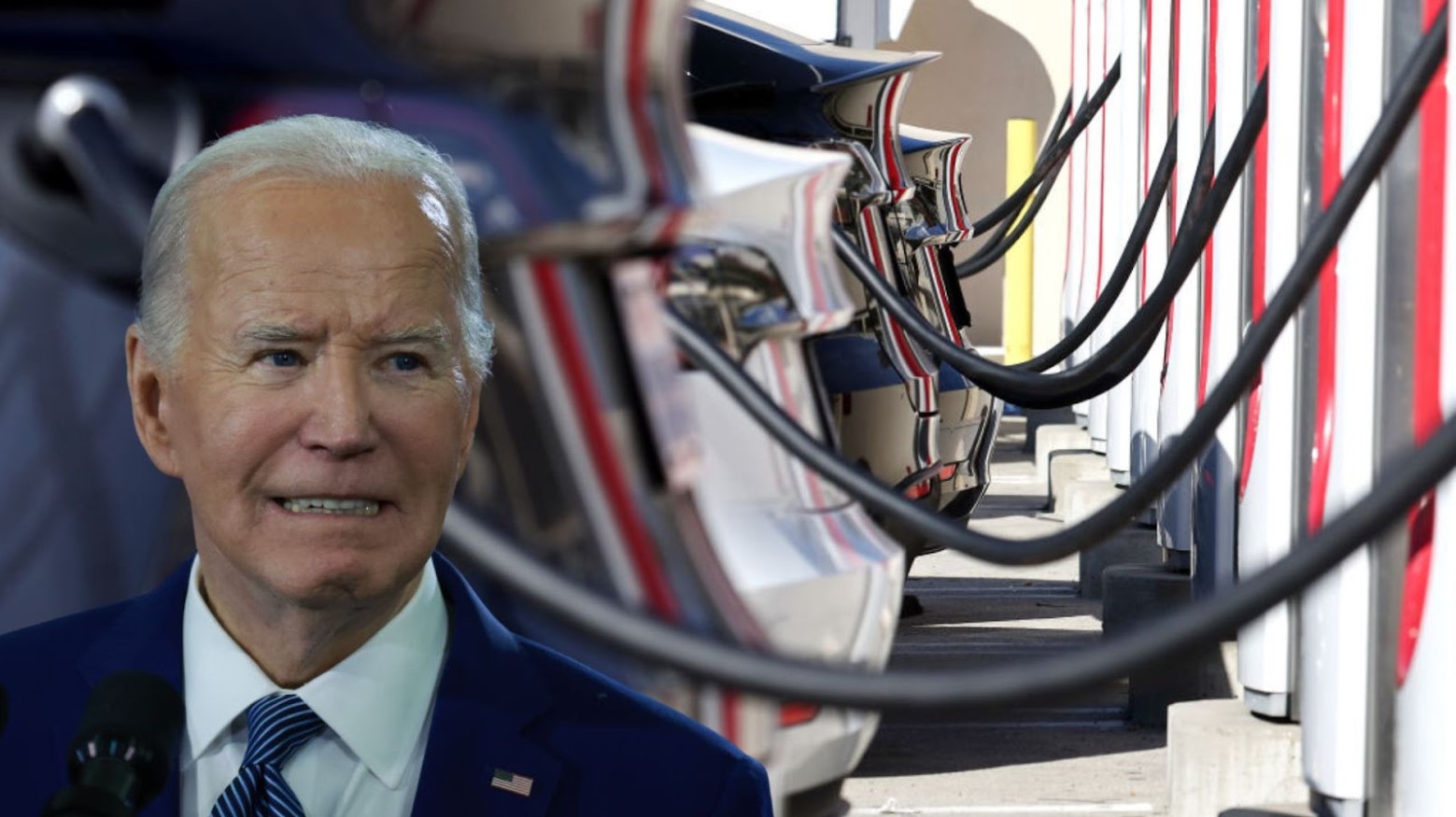
Source: Joe Raedle/Getty Images/Mario Tama/Getty Images
These projects will collectively spur over $40 billion in private investment and create tens of thousands of jobs, contributing significantly to the national economy.
Clean Hydrogen’s Role in Decarbonization
Clean hydrogen is crucial for decarbonizing industries that are hard to abate, particularly heavy transportation. Hydrogen fuel cells emit only water vapor and warm air, making them an environmentally friendly alternative to traditional fossil fuels.
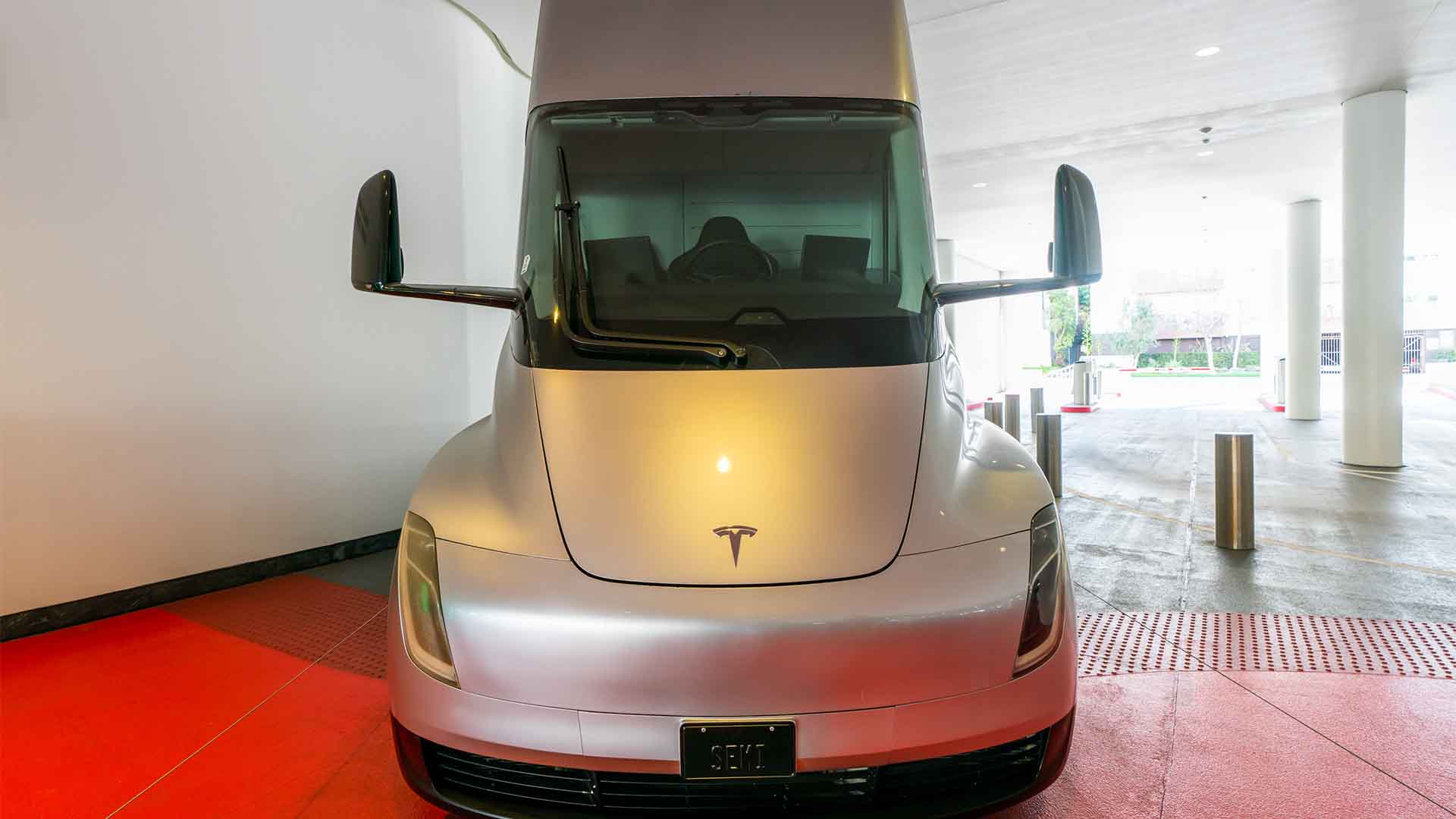
Source: AaronP/Bauer-Griffin/GC Images
California’s hub will focus on integrating hydrogen into various sectors to reduce greenhouse gas emissions.
Infrastructure Development and Industry Collaboration
The California Hydrogen Hub will create a network of companies that produce and use clean hydrogen. This includes building essential infrastructure such as pipelines and refueling stations.
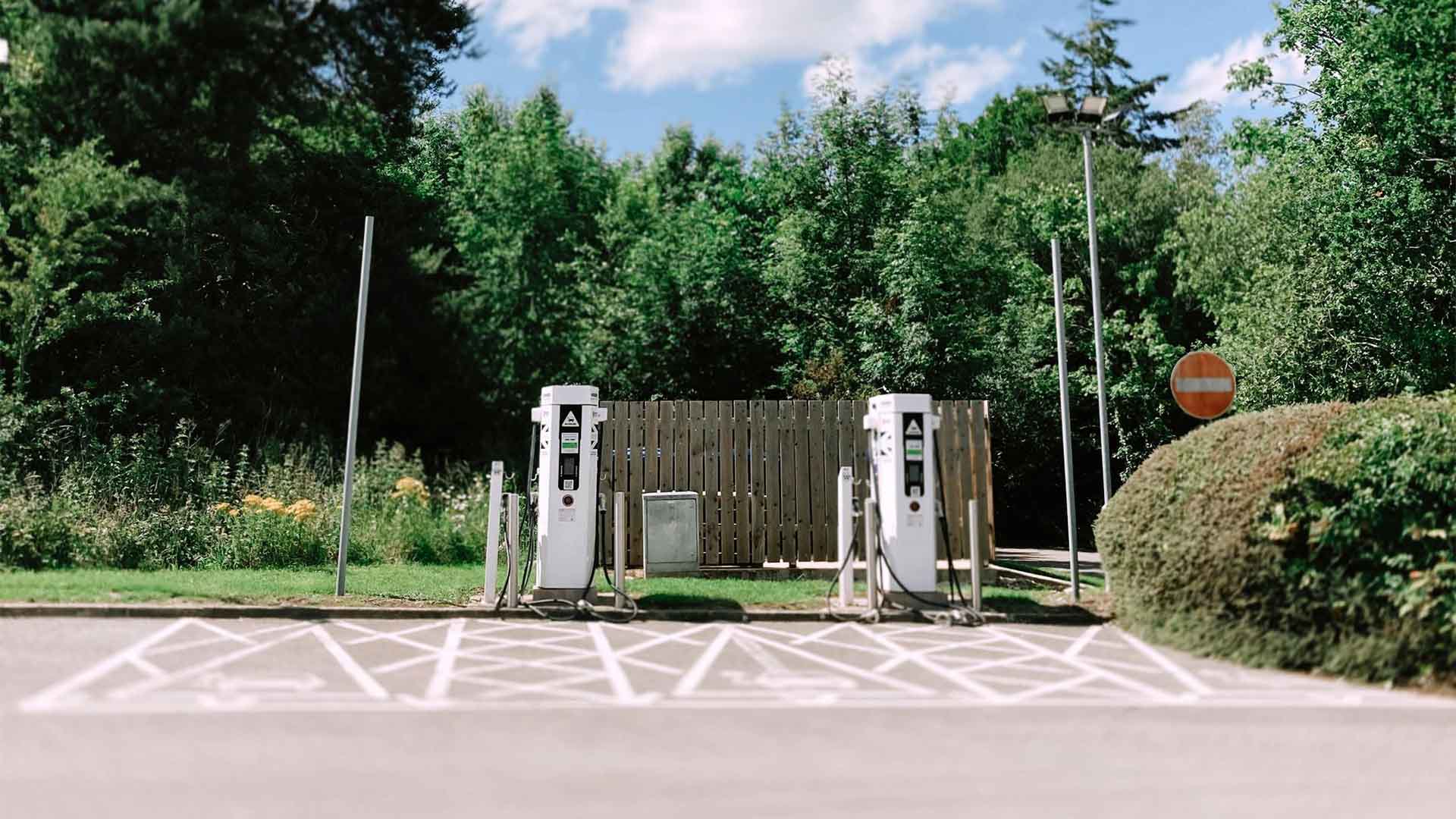
Source: Lisa Fotios/Pexels
Collaboration between industry leaders will be key to the hub’s success, ensuring a smooth transition to hydrogen-powered technologies.
Quotes from Key Figures
Frank Wolak, president and CEO of the Fuel Cell & Hydrogen Energy Association, highlighted the importance of this initiative.
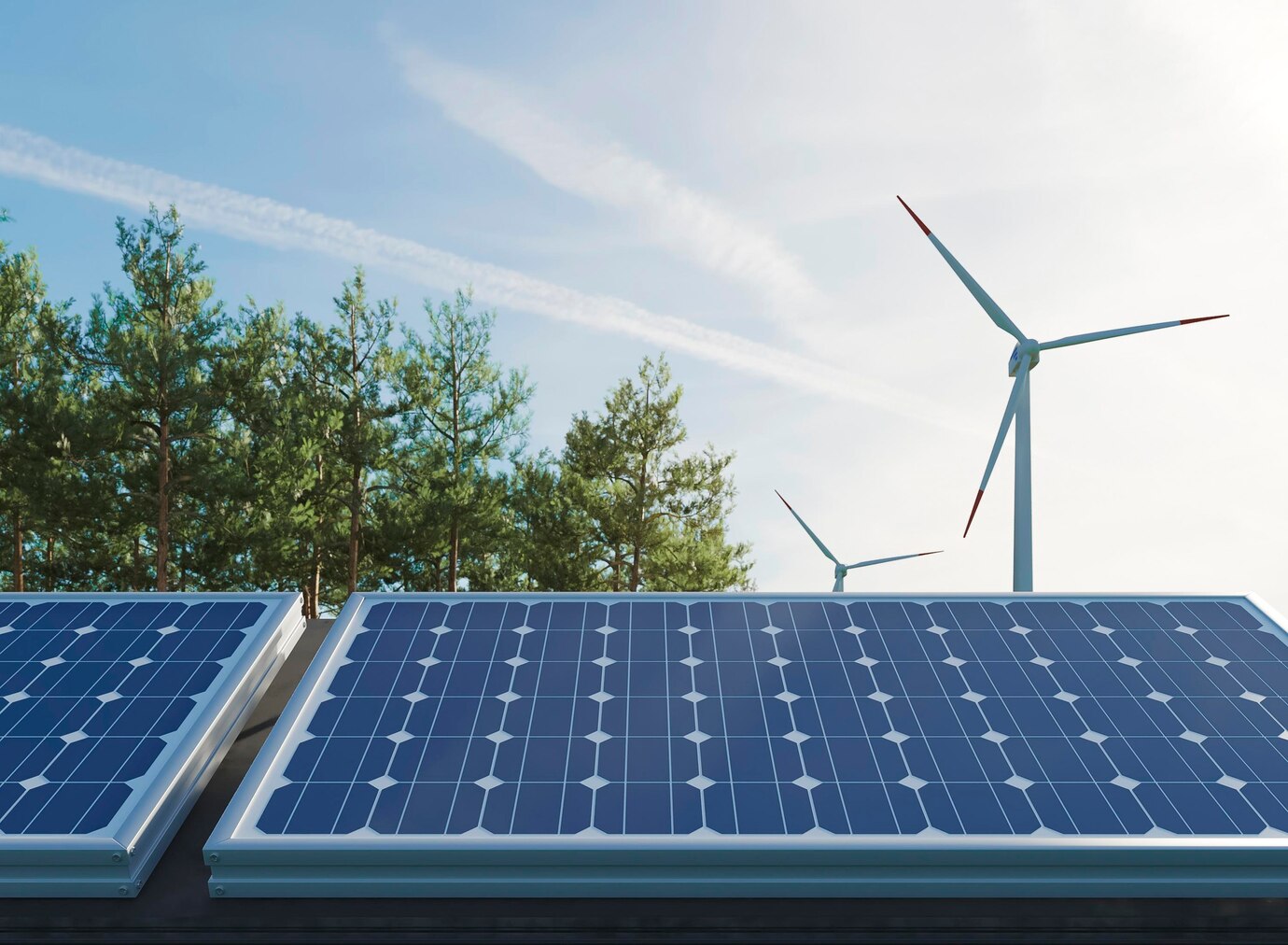
Source: Freepik
He stated, “It’s the beginning of really showing what the hubs are going to be doing. They’re all unique.”
Economic Impact and Job Creation
The hydrogen hub projects are expected to create tens of thousands of high-paying jobs, many of which will be union positions.

Source: Kateryna Babaieva/Pexels
This job creation will boost local economies and provide stable employment opportunities in the clean energy sector, aligning with President Biden’s economic and environmental goals.
The Competitive Selection Process
The selection of the hydrogen hubs followed a rigorous competitive process conducted by the Energy Department.
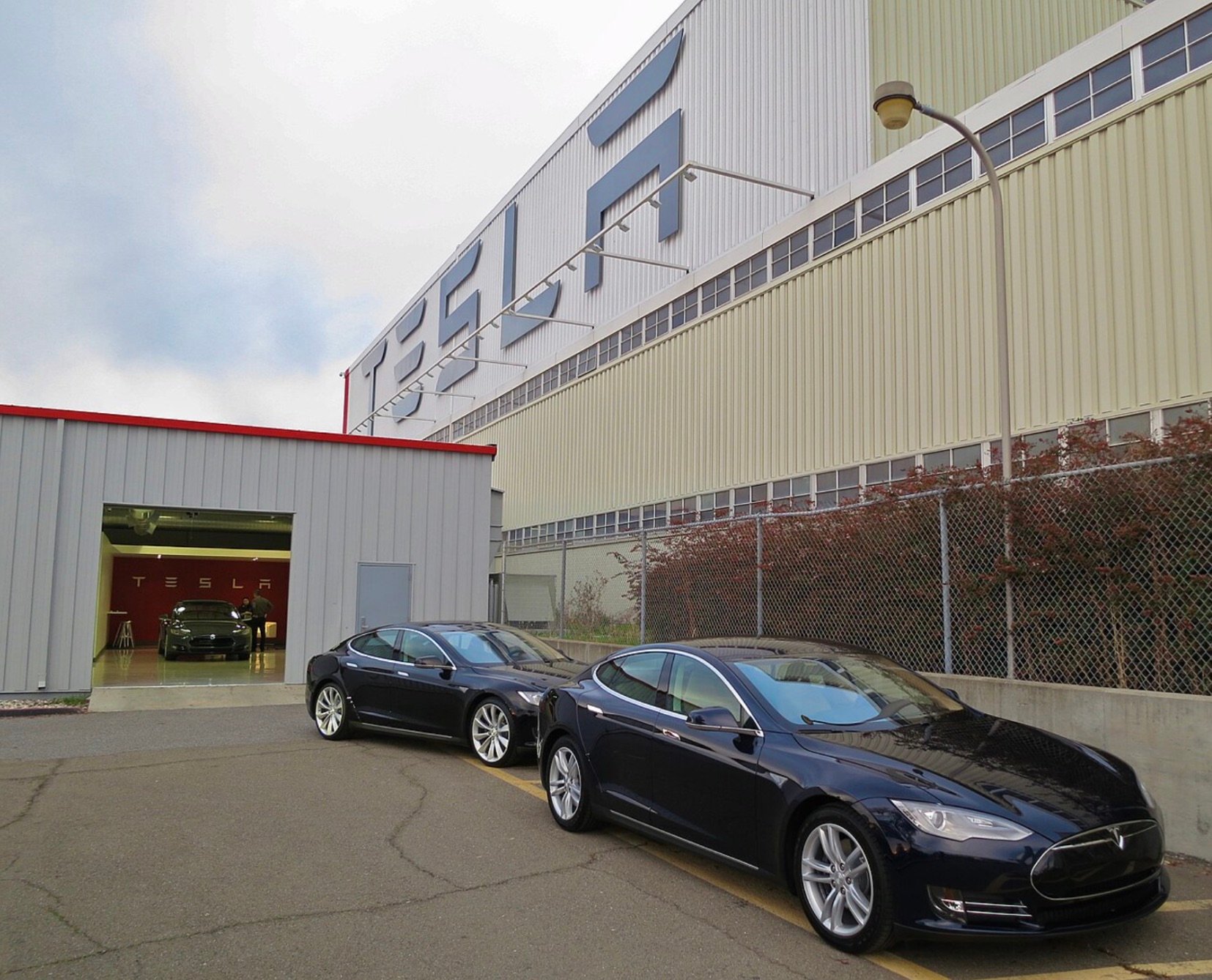
Source: Wikimedia
This ensures that only the most viable and impactful projects receive funding, maximizing the program’s potential to drive clean energy advancements and reduce carbon emissions.
California’s Leadership in Clean Energy
California has long been a leader in renewable energy initiatives, and the hydrogen hub is a continuation of this legacy.
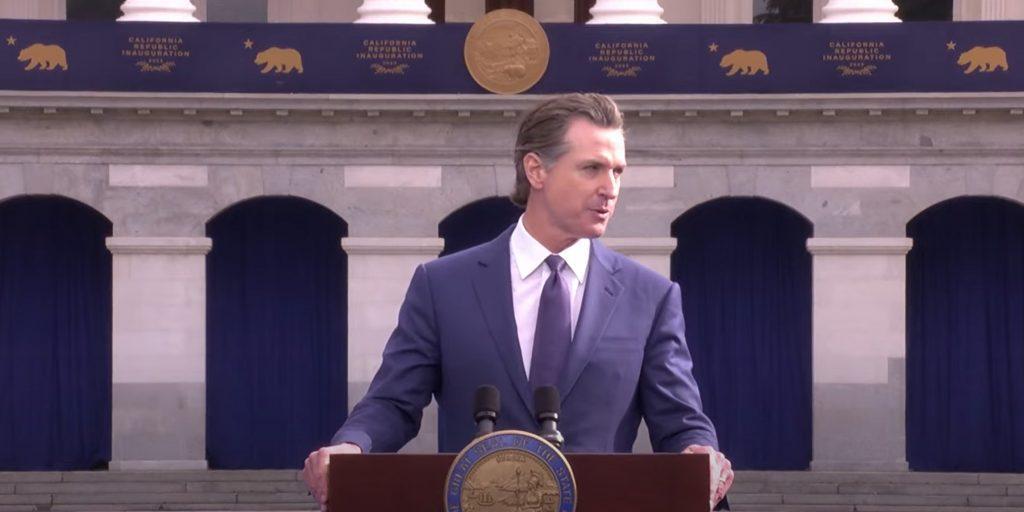
Source: Wikimedia
The state’s proactive approach to climate change and commitment to sustainable practices make it an ideal location for such an ambitious project.
The Future of Hydrogen Energy
Hydrogen has the potential to revolutionize the energy landscape.

Source: Justin Sullivan/Getty Images/Chip Somodevilla/Getty Images
As the technology develops, it could replace traditional fossil fuels in many applications, significantly reducing greenhouse gas emissions. The hydrogen hubs are a critical step towards realizing this future.
Broader Environmental Impact
The environmental benefits of hydrogen extend beyond reducing greenhouse gases.

Source: Gary Hershorn/Getty Images
Hydrogen production and use can lead to cleaner air and water, improved public health, and a more sustainable planet.
Looking Ahead
The establishment of the California Hydrogen Hub marks a significant milestone in the nation’s clean energy journey.

Source: Canva
With substantial federal funding and a strong commitment to sustainability, California is poised to lead the way in hydrogen innovation. The success of this initiative will serve as a model for other states and, potentially, the world.
